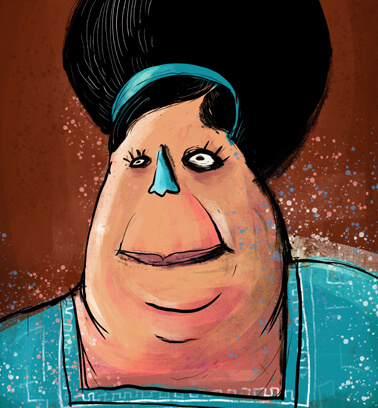
Zdeňka Rábová
1936 – 2006Associated professor and educator Zdeňka Rábová was born in Ivančice in south Moravia, where she overcame the obstacles posed by the communist regime and graduated from the Jan Blahoslav Grammar School in 1955. The gifted student went on to study at the Construction Faculty of the Technical University in Brno, which she successfully completed in 1960. Three years later, however, Zdeňka took interest in a newly emerging field of study, to which she eventually devoted her entire career and whose development in our country was to much extent shaped by her enthusiasm and talent.

IT – Information Technology
1965From 1965, she worked at the Computer Department of the Faculty of Electrical Engineering at the University of Technology in Brno. Here, she succeeded in building a modern lab with an MSP-2A computer. She participated in the creation and development of a standalone computer field in the country and contributed to the content of all study plans and programmes in the field of software. In her research, she focused on simulation languages and their translators. Under her leadership, her team developed, among others, the first eastern-European translator of the Algol 60 language and the first texts about the Pascal language. In the memory of her achievements, the best students of the Faculty of Information Technology at the University of Technology in Brno are annually awarded the Zdena Rábová Prize.
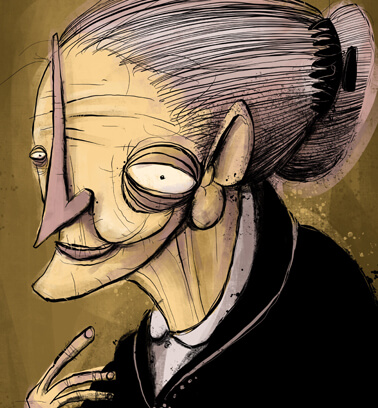
Helena Rašková
1913 – 2010Helena Rašková was a cosmopolitan figure, born in Zurich, but spent her childhood and youth in Dvůr Králové. She graduated from the Faculty of Medicine at Charles University. In 1945, after the end of the Second World War, she and her epidemiologist husband participated in eliminating the spotted typhus epidemic in the Terezín concentration camp. After the entry of Soviet troops in 1968, her career was put on hold for the second time. She moved to the countryside, where she set up a veterinary practice and treated diseases in populations of penned calves. Owing to these activities, Helena left an indelible track in the history of Czech science.
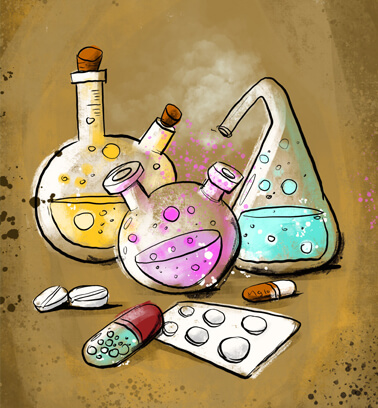
Pharmacology
1965She began her career at the Fragner pharmaceutical company. She was the first woman director of the Institute of Pharmacology at the Faculty of Paediatrics of Charles University, and was responsible for the creation of the Pharmacological Institute of the Czechoslovak Academy of Sciences and the Czechoslovak Society of Pharmacology. She was a co-initiator of the creation of the Global Union of Pharmacological Societies, and owing to her contribution, the second global pharmacological congress in 1963 took place in Prague. She succeeded in connecting research and university teaching. She wrote more than 300 monographs and textbooks on pharmacology and toxicology and is rightly regarded as the founder of the Czechoslovak pharmacological school.
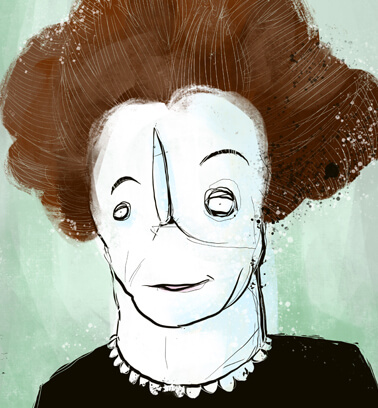
Albína Dratvová
1891 – 1962The philosopher and educator Albína Dratvová came from a family of a private official. Together with the historian Milada Paulová, she studied Paedagoglum and graduated from the Academic Grammar School. She studied philosophy, mathematics, and logic at the Philosophical Faculty of Charles-Ferdinand University. In 1918, she obtained a doctorate in philosophy. Then she started teaching at a lyceum and later joined the first girls’ grammar school in central Europe – the Girl’s Grammar School Minerva. From the 1930s, she built her academic career in the field of the philosophy of natural sciences.
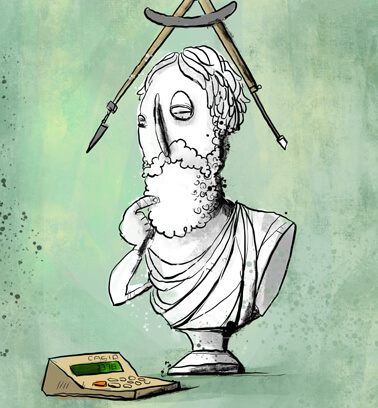
Philosophy of Natural Sciences
1932Albína’s main scientific and popular-scientific interest was the philosophy of natural sciences. Her treatise The Problem of Causality in Physics and lecture The Subject and Tasks of the Philosophy of Natural Sciences qualified her as the first woman to earn the title of associate professor at the Faculty of Natural Sciences at Charles University. She worked also at the Pedagogical Department of the Ministry of Education and National Enlightenment. She published countless scientific studies, books, textbooks, and articles, she performed on the radio, and many of her lecturers were published in print. She also addressed questions of gender, particularly the position of women and the difficulty of balancing family life and career.
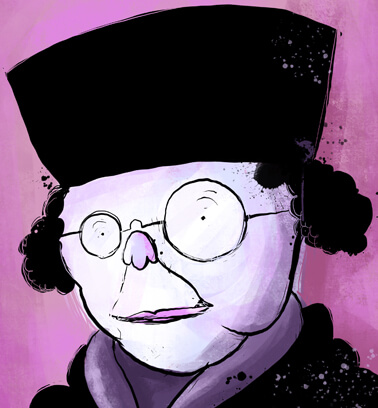
Milada Paulová
1891 – 1970Historian Milada Paulová was born to the family of a sugar factory director. She attended an institute for the education of woman teachers, where she befriended the philosopher Albína Dratvová. She graduated from the Academic Grammar School and passed the entrance exam at the Philosophical Faculty of Charles-Ferdinand University, where she studied history and geography. She was among the most gifted students. In the interwar period, she worked at the University Library and as an assistant at the university, where she was preparing for her future academic career in the field of Byzantine Studies, in which she became a Czech pioneer.
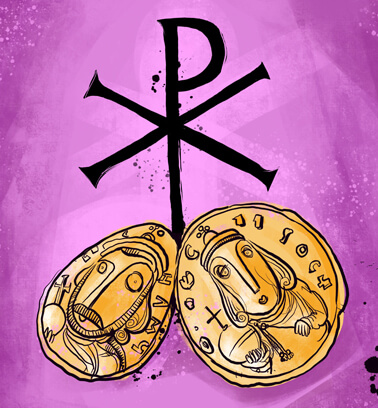
Byzantine Studies
1927Milada dealt with the history of Slavic peoples. In 1925, she was the first Czech woman to be awarded the title of associate professor. Her field of study was the history of eastern Europe and the Balkan peninsula. After her return from numerous study trips, she worked in the editorial board of the Byzantinoslavica journal and won acclaim also with her publications and translations. It is thanks to her that Czechoslovak Byzantine Studies gained international recognition. For her merits, she was appointed an Honorary Vice President of the International Association of Byzantine Studies. Only in 1945 she became the first Czech woman to be appointed professor – she was Professor of Slavic Peoples and Byzantine Studies.
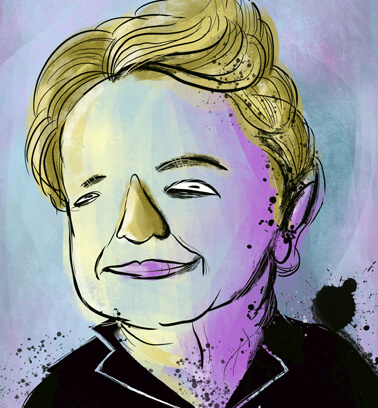
Ludmila Eckertová
1924 – 2009The physicist Ludmila Eckertová came from a Roman Catholic family living in Prague. She attended the Covent School of Saint Ursula in Prague. She graduated in 1943 and immediately started working at the Junkers aircraft factory. After the end of the war, she enrolled at the Faculty of Natural Sciences at Charles University. She graduated with the PhAMr degree in 1948. From 1945, she worked at the Faculty of Mathematics and Physics at Charles University as an assistant professor. She was appointed professor only in 1990. At the Faculty of Mathematics and Physics at Charles University, Ludmila founded a discipline to which she then devoted her career.
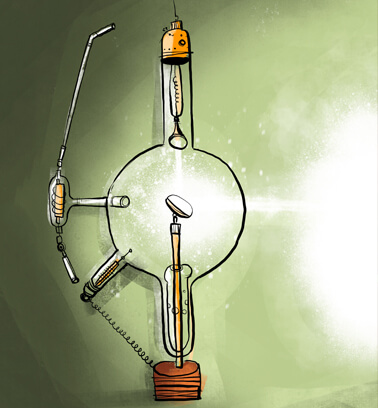
Physics of Thin Films and Surfaces
1954She significantly contributed to the development of physics of thin films and surfaces and achieved an international recognition in this field; also of importance are her publications, particularly The Physics of Thin Films, which was published also in the USA and Japan. She is regarded as the founder of this discipline at the Faculty of Mathematics and Physics at Charles University, where she and her colleagues built one of the largest departments – Department of Physics of Thin Films and Plasma. In 1963, she was appointed associate professor. Her full professorship appointment was halted just after the Soviet occupation and she received her professor title only after the revolution in 1990.
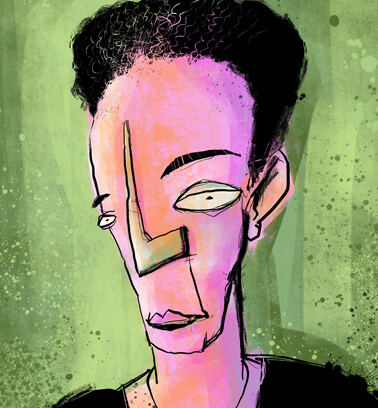
Julie Moschelesová
1892 – 1956A pioneering woman scientist. Her mother was blind, so she entrusted the upbringing of Julie to her brother-in-law, painter and Esperanto scholar. Julia accompanied him on his travels across Europe and Africa. She applied at the Philosophical Faculty of the Prague-German University, where she obtained her doctorate in 1916. Then she worked here as an unpaid assistant. Four years later, she left for the Faculty of Natural Sciences at the Bohemian University, where she was appointed Associate Professor in 1934. Following the Nazi occupation, she was forced to leave first the university and then her homeland. With her expertise in geography, she achieved international recognition.

Geography
1932At the university, Julie focused particularly on the study of geography and geology, but she was also interested in meteorology. From 1932, she gave regular lectures. She dealt with physical geography and anthropogeography. In 1934, she was the second woman in our country to be appointed Associate Professor. She was well-known particularly abroad. She published in foreign journals, her studies and monographs appeared in print across Europe and the USA, she lectured, among others, at the University of Cambridge. She was a member of a number of national and international scientific associations and an honorary member of the London Sociological Society. She was awarded the prestigious French scientific prize Gaudy.
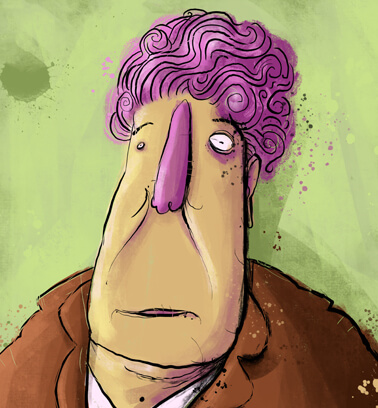
Adéla Kochanovská
1907 – 1985The “Czech Madame Curie”, nuclear physicist Adéla Kochanovská, was born in Silesian Ostrava. Adéla most enjoyed maths – solving problems, the logical structure of the discipline, and finding answers for difficult questions on her own. She was a sickly child, she was therefore home-schooled. After completing her secondary education, she continued to study mathematics and physics at the Faculty of Natural Sciences at Charles University in Prague. During her studies, she was particularly influenced by the lectures of Václav Dolejšek about the newly emerging discipline of radiology, a discipline which she significantly helped to develop in our country.
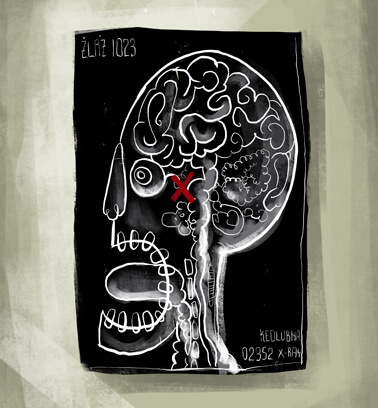
Radiography
1935After graduating from university, at the end of 1935, she joined the team of professor Dolejšek at the newly established Physical Research Division of Škoda plants. She was concerned with x-ray structural analysis. She is considered the founder of this discipline in our country; she was one of the first to measure mechanical tension using x-ray radiation. In 1943, she published the first comprehensive publication called Testing the Fine Structure of Material with X-Rays. She was the first Professor of Experimental Physics and for her students, she wrote the textbook X-Ray Crystallography. For her significant contribution to the development of radiography, she was awarded the State Award.
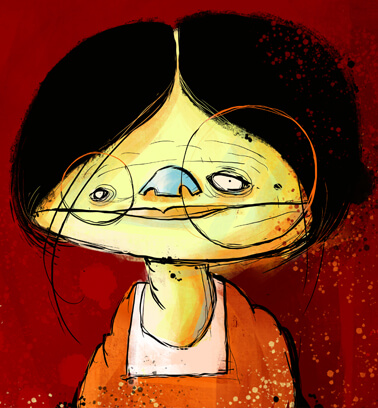
Milena Hübschmannová
1933 – 2005A major Czech scholar in Indian Studies, Milena Hübschmannová, was born in Prague. She studied at the English Howard Fast Grammar School. Already as a child, she was interested in India and Indian culture. After graduating from secondary school in 1951, she enrolled to study Indian languages (Hindi, Urdu, and Bengali) at the Philosophical Faculty of Charles University. During her mandatory volunteering job in Ostrava, she came to know a language strikingly similar to those she studied. She devoted her entire career to her discovery and become a pioneer in the field.
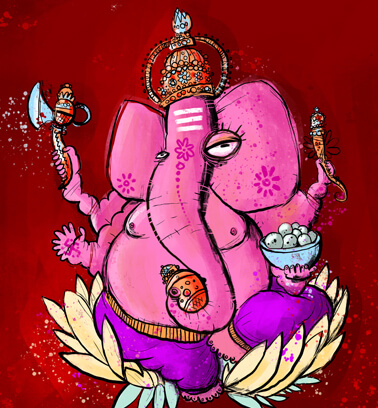
Roma Studies
1953Milena was brought to Roma Studies by coincidence. Roma people and their language and culture reminded her of the culture and language which she studied at the university – unfortunately, travelling to the remote India in the 1950s was not an option. That is why she became interested in the Roma language even more. She visited Roma families, lived in Roma settlements in Slovakia, learned the language by listening to stories, songs, narratives. She co-authored the Roma-Czech dictionary and many other books. Roma Studies were later established as a university field of study. For her lifelong efforts, she was awarded numerous prizes, including the Presidential Medal of Merit.
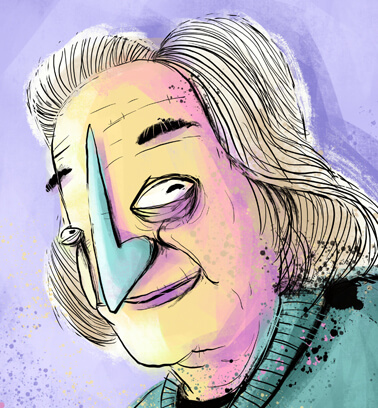
Jiřina Čížková
1908 – 1994A physician and first woman Professor of Paediatrics, Jiřina Čížková, came from a family of doctors. She wanted to devote herself to treating sick children. After graduating from a grammar school in Prague, she enrolled to study medicine at the Medical Faculty at Charles University. After completing her studies in 1932, she started her medical practice as a junior physician at the Bohemian Children’s Hospital. She co-founded a counselling clinic for children and in 1935, she organised a diabetes health camp, the first of its kind in Europe. After the Second World War, she devoted herself fully to the field of children’s endocrinology, which was her area of specialisation to begin with.
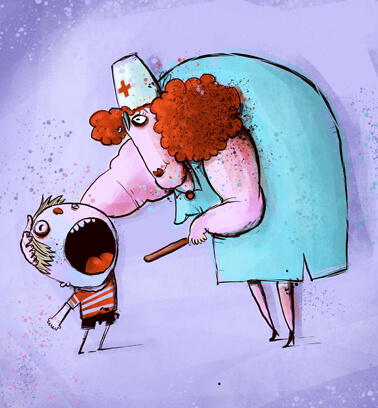
Paediatric Endocrinology
1946After the Second World War, Jiřina was the head of Endocrinology Outpatient Clinic. In 1946, she was the first Czech woman to be appointed Associate Professor of Paediatrics, later she was the first woman to become an extraordinary Professor of Paediatrics at Charles University. On the site of a former nursing home, she founded a modern paediatrics clinic under the auspices of Charles University in Prague, where she served as the director, and later at the same place, she founded the first Adolescents Department. She was the co-founder and chairwoman of the Endocrinological Society at the Czechoslovak Medical Society of J. E. Purkyně, member of the London Royal Society of Medicine, and expert in the Commission for the Care of Children and Youth at the World Health Organisation. She lectured at universities at home and abroad, trained postgraduate medics in endocrinology and paediatrics, and published widely. In 1992, she was awarded the Commemorative Medal of J. E. Purkyně for a lifetime of work.
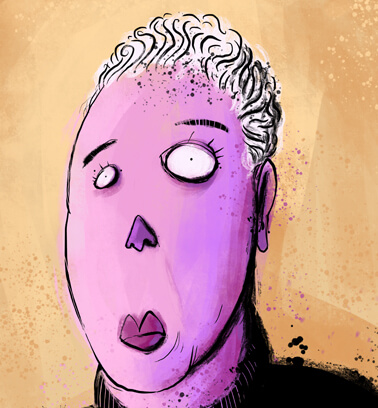
Ludmila Matiegková
1889 – 1960Lovosice-born Ludmila Matiegková was a Czech researcher, writer, and educator. Her father was a private doctor, anthropologist, and demographer, who was also interested in archaeology, her mother was a keen patriot, and both parents supported Ludmila’s education. The family later moved to Prague, where she attended the Girls’ Grammar School Minerva. After graduation, she decided to study history at the Philosophical Faculty of Charles University. She specialised in ancient history and the history of the Orient. Soon she discovered a discipline which was not taught at Czech universities at that time and which she started to study in depth with much success.
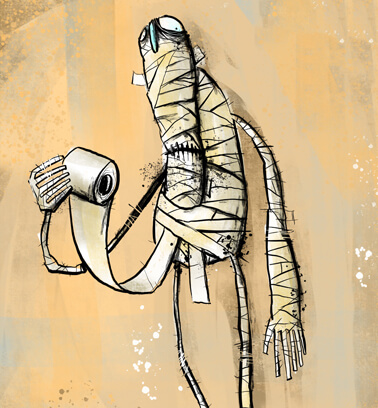
Egyptology
1908Already during her studies at the Philosophical Faculty, Ludmila published articles about excavations and archaeological findings in Egypt. Her dissertation entitled Ancient Egyptian Opinions on Soul was published in an academic journal. In 1920s, she undertook three study trips to Egypt and the Middle East, and described her experience in books such as In the Embrace of the Sphinx. She also published numerous articles in the Oriental Archives. In 1925, František Lexa opened a dedicated Egyptology seminar at Charles University, with Ludmila’s active participation.
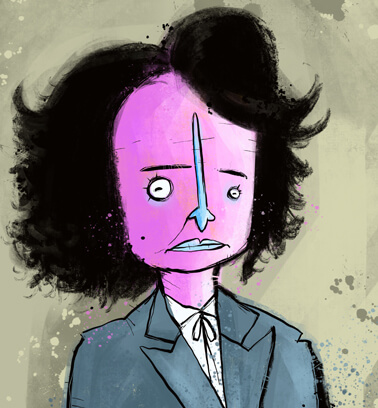
Gerty Cori
1896 – 1957Gerty Theresa Cori was a Czech physician and biochemist, who decided to become a doctor. Within a single year, she caught up with the curriculum of eight years of Latin and five years of physics, chemistry, and mathematics. She graduated from the Medical Faculty of Charles-Ferdinand University in 1920. In 1922, owing to the rising antisemitism, she emigrated to the United States. Here, she first worked at the State Institute for the Research of Malignant Diseases, later as a Professor of Pharmacology and Biochemistry at the Washington University School of Medicine. In 1947, she was the first woman to receive the Nobel Prize for medicine for her discovery of the function of the anterior pituitary lobe in the metabolism of sugars.
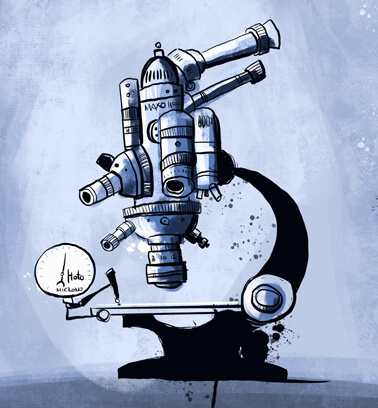
The Function of the Anterior Pituitary Lobe in the Metabolism of Sugars
1947Gerty focused her research, among other topics, on the function of hormones of the thyroid gland, metabolism of body organs, or the influence of X-rays on living organisms. She dealt with the metabolism of monosaccharides and polysaccharide glycogen. For the discovery of the function of the hormones of the anterior pituitary lobe in the catalytic conversion of glycogen, she was awarded the 1947 Nobel Prize in physiology and medicine jointly with her husband. Gerti was the third woman in history who won the prize for exact sciences and the first woman who received the prize for medicine. Since the year 2000, there is a memorial plaque in Petrská Street which reminds passers-by of this significant Prague native.
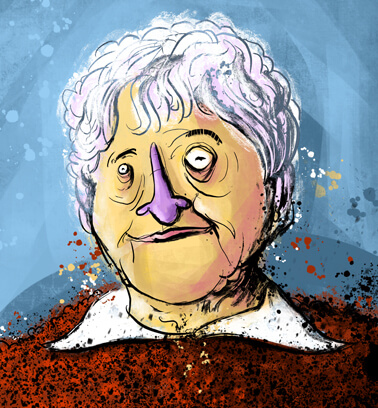
Růžena Vintrová
1929 – 2013Růžena Vintrová was born to a poor working-class family. The family was supported by her mother, her father was unemployed. She enjoyed learning and was good at school, but due to financial reasons, grammar school studies were not available to her. She finished the elementary school, briefly attended a business school, and at the age of fourteen was forced to labour at a weaving factory. After the Second World War, the position of the family improved, which enabled her to graduate from the business school. Then she was considering university studies. Her father was against it. Růžena did not give up her dream. She received a scholarship, enrolled at the College of Economic Sciences, and began to develop a career in her field of study.
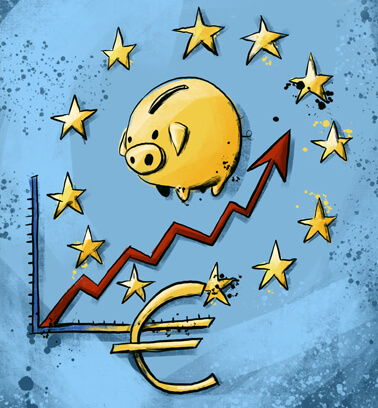
Economics
1955Růžena graduated in economic statistics and after university studies, she worked at the State Office of Statistics at the Department of National Economy. As an expert, she participated in foreign negotiations and succeeded in introducing balance of interbranch relations. From 1968, she was member of the scientific team at the Institute of Economics, later she joined the team at the Institute of Prognostics at the Czechoslovak Academy of Sciences. Her long-time interests were macro-economy, the development and convergence of the national economy with economies of developed countries in the European Union, and European economic integration. She worked as an advisor to the Office of the Government, she also devoted herself to teaching.
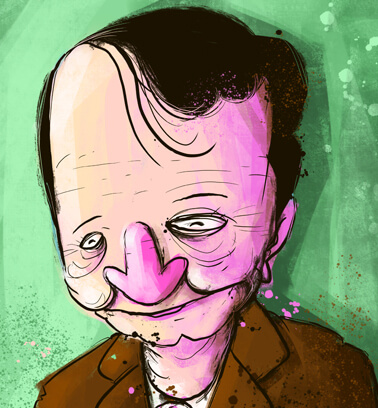
Julie Hamáčková
1892 – 1968Chemist Julie Hamáčková was born in Semily. She had to interrupt her studies at a private business school to help her mother financially. She worked as a clerk but later was able to return to her studies, thanks to the support of her brother. She resumed her secondary education studies and also enrolled as a special student of chemistry at the Czech Technical University. She continued her university studies after graduating from the secondary school and after completing her degree, she worked as an assistant for Professor Schultz. In 1926, she was offered the post of the head of a newly established laboratory and became a Czech pioneer of one of the scientific disciplines of hydrochemistry.

Hydrochemistry
1926Julie was the first Czech chemist to pioneer research in the field of chemistry of waste water; on this subject, she published a text called Chemical Studies on the Treatment of Urban Sewage in Prague. She was expert in in-depth analysis of water samples, the results of her research contributed to improving water quality. During the Nazi occupation, she worked at the State Health Institute. She also lectured at universities. In 1954, she was the first woman to be appointed the Professor of Water Chemistry, she served as a Vice Dean and Dean at the University of Chemical Technology in Prague.
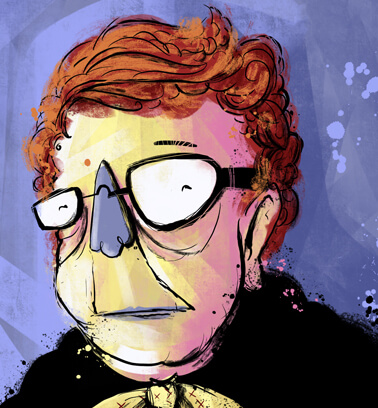
Emanuela Nohejlová-Prátová
1900 – 1995Historian Emanuela Nohejlová-Prátová came from a family of physicians. She attended an elementary school in her native Opatovice, then she enrolled in the newly established Božena Němcová Girls’ Grammar School. After graduation, she started studying medicine at the wish of her father, but she was more drawn to history. Her dream came true when one of her sisters started studying medicine – her father had someone to follow in his footsteps and she could enrol to study her beloved history at the Philosophical Faculty of Charles University. Emanuela is regarded as the founder of the modern scientific discipline of numismatics.
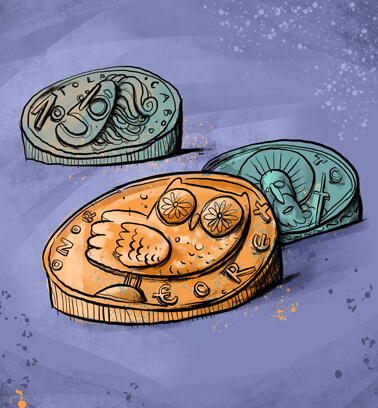
Numismatics
1930Emanuela is along with Gustav Skalský regarded as the founder of Czechoslovak modern scientific numismatics. From 1930, she worked at the Numismatic Division at the National Museum in Prague. In her research, she focused particularly on the earlier period of Bohemian numismatics, her main field of research was processing finds from the period of tolars. She also published her research and was the editor of the Numismatic Miscellany. She lectured at universities, was a long-time chairwoman of the Numismatic Committee of the Czechoslovak Academy of Sciences and a honorary member of the International Numismatic Committee.
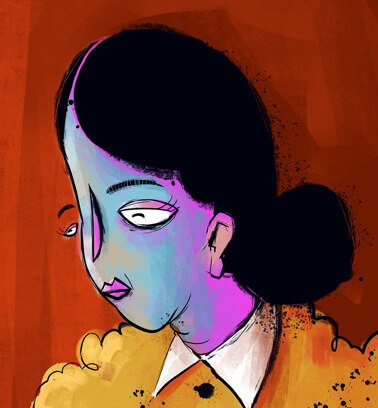
Julie Nováková
1909 – 1991Czech philologist, literary historian, editor, and translator Julie Nováková completed her secondary education and enrolled at the Philosophical Faculty of Charles University. She obtained a doctorate in Classic Philology and Czech Philology. After the war, she taught ancient history and philology at Palacký University, where she was appointed Associate Professor in 1954. She collaborated also with Charles University on an anthology of sources on the history of ancient Greece and Rome. Later she started to concentrate fully on the research of a single major figure in Czech history, which gave rise to a special discipline.
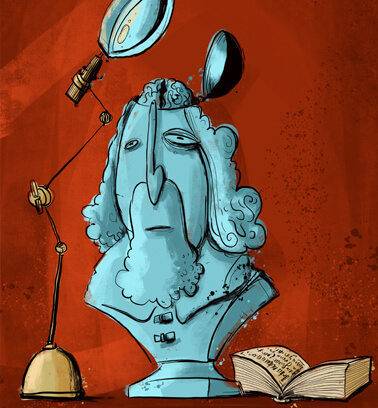
Comeniology
1960In the early 1960s, Julie accepted an offer to edit Latin writings for the collected work of J. A. Comenius. This is where her research started. From 1961, she worked at the Institute for the Czech Language at the Secretariat of the Editorial Board for the publication of the work of A. Comenius. Later she transferred to the Pedagogical Institute of J. A. Comenius. She dealt in particular with editing Latin writings, working on topics in Comeniology, and consulting and publishing in this field of research. By analysing the language and content of the texts, she identified the authorship of several works by Comenius. She summarised her research in a book called A Quarter of a Century over Comenius.
 CS
CS